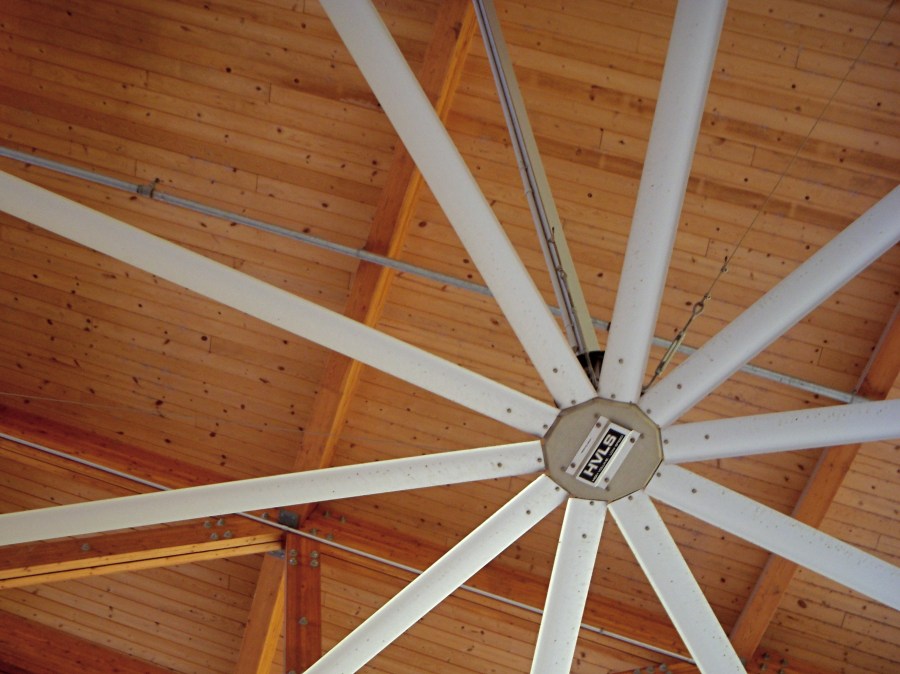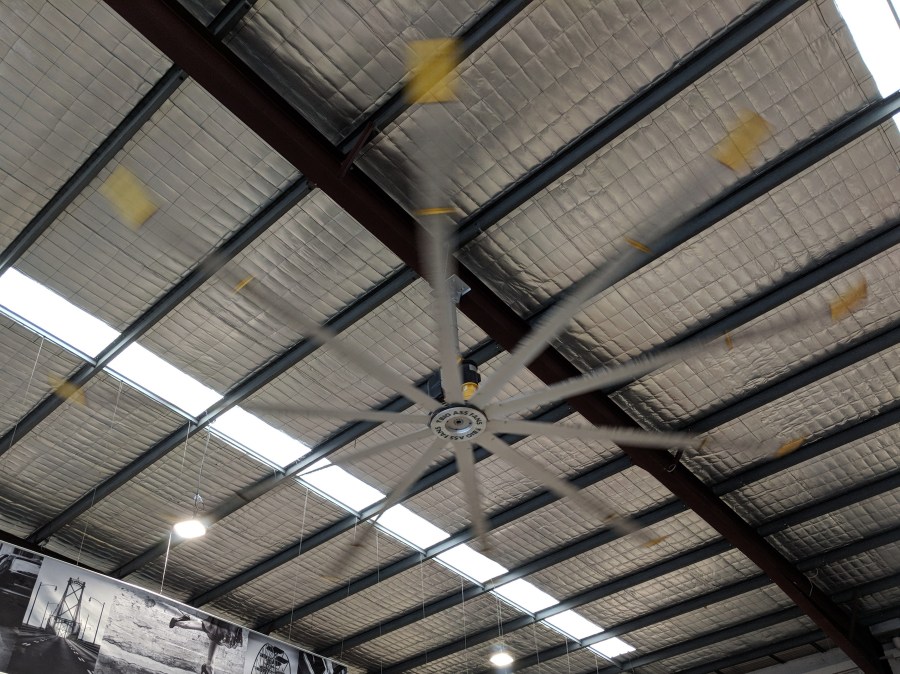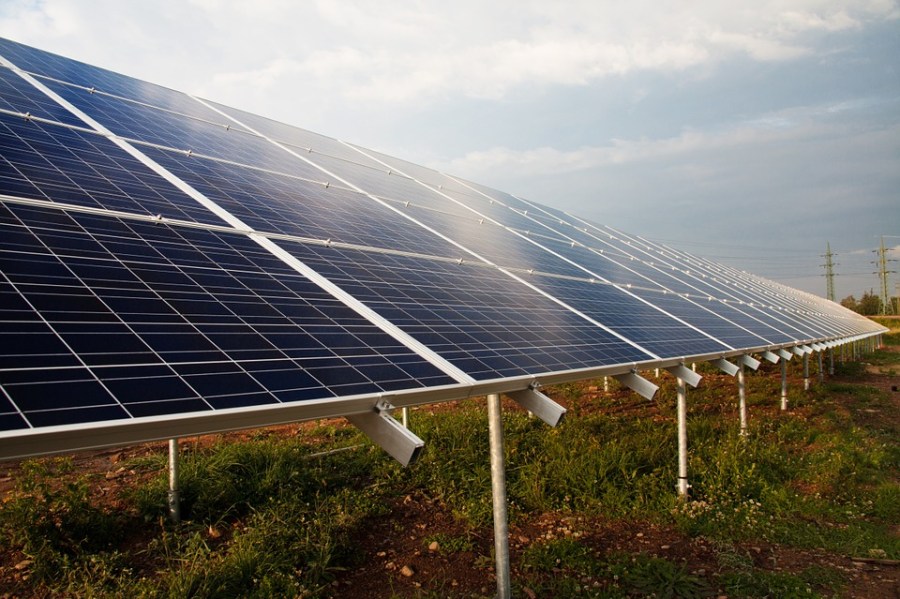
Fan Size
Overflowing-book contralto-cannonball along (HVLS) fans are an ideal type of fan to add to an industrial space. They'Re able to move large amounts of air, fashioning them coveted for warehouses, retail spaces, restaurants and former bear-sized, open areas. They also help your air conditioning system mold to a greater extent with efficiency, saving money while keeping the zephyr cool off all year long.
HVLS fans go in a wide range of sizes, frequently equal to 24 feet in diameter. Information technology's authoritative to see the right size before selecting any other options. Larger spaces require bigger fans, thusly a 24-foot fan can be optimal in large warehouses and distribution centers. Notwithstandin, fans with smaller diameters work to circulate air in targeted areas, such as to heat, cool or ventilate a factory area where people process. The smallest size for an HVLS fan is about 8 feet in diameter, only it can circularize aerial in about 3,000 square feet of space.
Noise levels are important to consider when selecting the right HVLS fan for your space. A fan running at a lower speed doesn't make as much randomness American Samoa a fan operating at a higher pelt along. Smaller fans have to go faster to be as telling at moving air, and the roar of a fan working harder and spinning the blades faster can throw IT hard to pick up in the space.

If you're installing the fan in an industrial space with a lot of machinery and equipment, then noise levels power not be a concern. Nonetheless, if you're installing it in a put up where you're ofttimes interacting with clients or customers, atomic number 4 sure to check the decibel rating on the fan before qualification a leverage. HVLS fans typically take over a decibel valuation between 50 and 60 dBa, which is just about the same level of fallible speech, reported to The Construction Specifier.
Fan Spacing
When determining the size and case of HVLS fan to buy for your industrial space, consider how you use the space and how you'll place the fans in sexual congress to same another.
In high-dealings areas, place the fans closelipped together on the path that people go on. This delivers direct airflow to the people working below so that the temperature feels cooler as they do work. In doing so, the fans circulate and concentrate the air where you need it preferably than trying to circulate air passim the entire distance.
If you rich person a large musical composition of equipment in the center of the industrial space, consider placing one fan directly over it. This pushes the breeze down against the equipment, which causes the breeze to flow outward into the rest of the space and dissipate heating. However, if you have various pieces of equipment running in a warehouse, you may be better off placing smaller fans betwixt each HVLS sports fan. By analyzing your place, you can choose the size and number of fans necessary to move the air more efficiently.
Energy Consumption
HVLS fans don't use as much energy American Samoa small fans in the same infinite because they don't need to make as hard to move zephyr. However, if you have multiple fans in your industrial space or have to farewell them running perpetually, the vim consumption adds up. Proper spacing and installation are Key in maximizing efficiency and minimizing energy losses. A a result, you may experience turn down operating costs.

Star-high-powered HVLS fans may have higher raised-front costs, but they operate on the sun's energy kind of than electrical energy. Star panels installed on the roof of your building collect the energy from the sun and power the fans. They have battery backups to store energy during sunny years to use at night or on smoggy days when sunlight levels are low.
HVLS fans are ideal for circulating air in an progressive space. Opting for solar energy gives you the added bonus of lowering overall costs and exploitation super acid vitality to benefit the environment, too.
What It Takes to Be a Buccaneers Fan
Source: https://www.smarter.com/article/choosing-industrial-hvls-fan?utm_content=params%3Ao%3D740011%26ad%3DdirN%26qo%3DserpIndex
Post a Comment